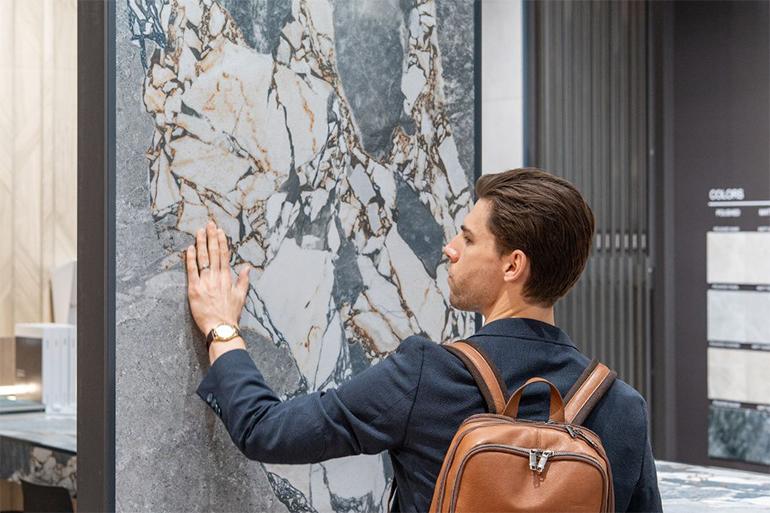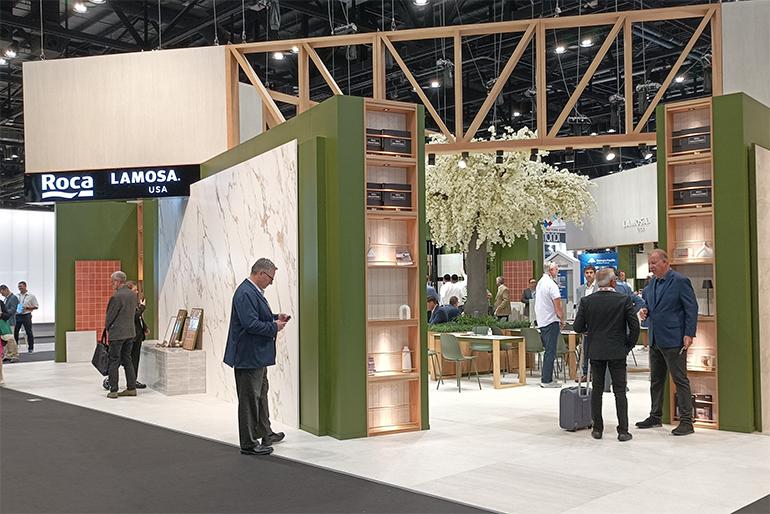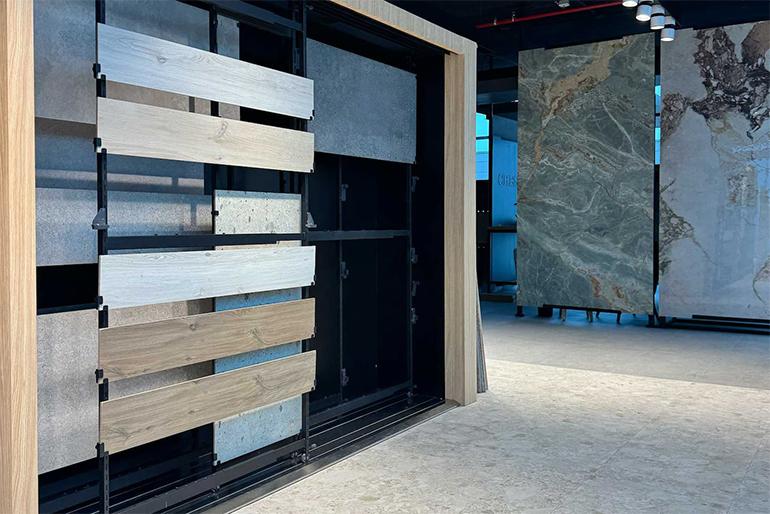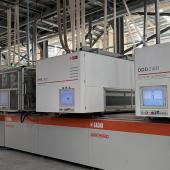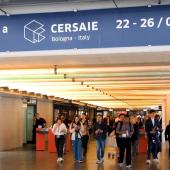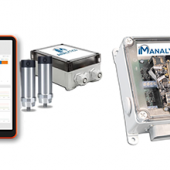Lamosa Group reports revenue growth in Q1 2025
Tile business sales reached MXN 6.3 billion (+9%), while the adhesives segment generated MXN 2.5 billion (+8%).
Grupo Lamosa is continuing its expansion. After closing 2024 with consolidated sales up 8%, the Mexican multinational recorded 9% year-on-year growth in the first quarter of 2025, with revenues reaching MXN 8.8 billion (approximately €400 million at the 31 March 2025 exchange rate).
The tile segment remained the company’s core business, accounting for 72% of total sales at MXN 6.3 billion (approximately €286 million), up 9% compared to Q1 2024. In this segment, Lamosa – the world’s second-largest tile producer – operates nine manufacturing facilities in Mexico, ten across South America (Argentina, Peru, Colombia and Brazil) and three in Spain (Roca Tiles and Baldocer). Sales in the adhesives business rose by 8% year-on-year to MXN 2.5 billion, supported by 14 production sites, two of which are located in Chile and Guatemala.
Operations abroad driving growth
Grupo Lamosa’s strong Q1 performance was primarily driven by growth in its operations abroad, particularly in Brazil and Spain. While domestic sales in Mexico remained stable at MXN 4.8 billion (approximately €218 million, +1% year-on-year), sales from its international operations grew by 20% to MXN 4 billion (approximately €182 million), raising the share of international revenues to 46% of the total.
Squeeze in profitability
The group’s profitability came under pressure during the quarter due to lower sales volumes in the domestic market and a more than 20% increase in energy costs, primarily natural gas, in most of the countries where it operates. This led to an 11% decline in operating income, a 7% fall in EBITDA (MXN 1.4 billion) and a 16% contraction in EBITDA margin during the quarter.
Between January and March, Lamosa made investments totalling approximately €10 million (MXN 222 million), mainly for maintenance and technological upgrades to production plants and the installation of new IT solutions.
In a difficult and increasingly competitive macroeconomic environment, Grupo Lamosa remains committed to strengthening its global presence through a growth plan that includes strategic acquisitions and innovation to support its international expansion.
2024 results
As mentioned, Grupo Lamosa closed fiscal year 2024 having recovered part of the decline experienced in the previous year. The group’s total sales rose by 8% year-over-year to just under MXN 34 billion (approximately €1.59 billion at the 31 December 2024 exchange rate). EBITDA remained essentially stable with respect to the previous year at MXN 6.2 billion, with an 18% margin with respect to revenue.
Both of the group’s divisions performed strongly. Tile business revenue reached MXN 24.1 billion (approximately €1.13 billion), up 9% on 2023 with a 2020-2024 CAGR of 13%. Sales in the adhesives business reached MXN 9.8 billion, growing 5% year-on-year and achieving a 20% CAGR over the same period.
Operations abroad continued to drive the group’s growth, with foreign revenue rising 21% year-on-year to MXN 14.4 billion (42% of the total), while domestic sales fell slightly (-0.5%).
One of the highlights in the tile segment in 2024 was the full integration of Baldocer, the high-end Spanish ceramic tile producer acquired at the end of 2023, known for its strong focus on exports to Europe, Asia and North America. The work carried out at both Baldocer and Roca Tiles (acquired in 2021) aimed to leverage the operational and commercial synergies between Lamosa’s two Spanish operations.
One of the most significant investments made in the ceramic business in 2024 was the increase in production capacity in Argentina, which not only raised output but also expanded the product portfolio to include premium materials, large size tiles and slabs.
A commitment to sustainability
Sustainability remains a cornerstone of Grupo Lamosa’s strategy. In 2024, the company established five long-term sustainability goals for 2035, three of which focus on environmental performance. These include a 25% reduction in Scope 1 and 2 emissions intensity (compared to 2023) while maintaining 95% reuse of waste generated in the tile production process and a 50% reduction in water consumption. The company conducted a materiality assessment in 2022 to identify priority ESG (Environmental, Social and Governance) issues, and a dedicated committee now oversees risks and opportunities linked to these strategic goals.
Did you find this article useful?
Join the CWW community to receive the most important news from the global ceramic industry every two weeks



